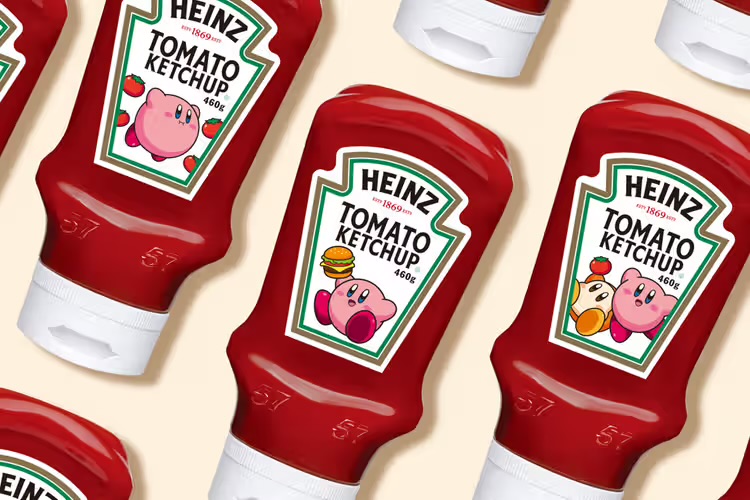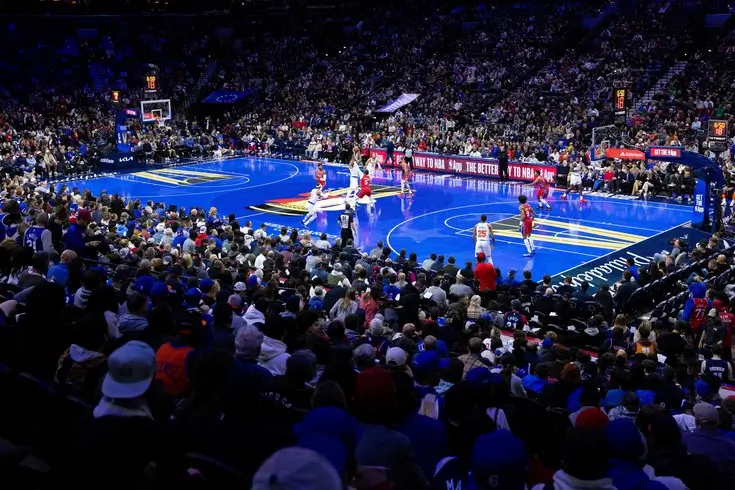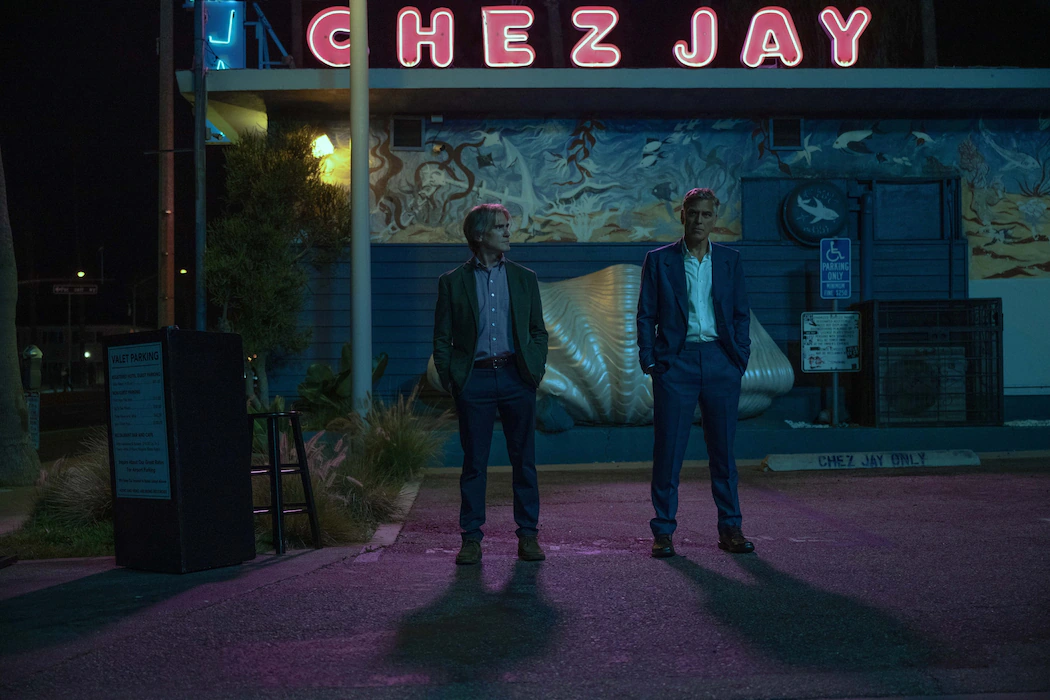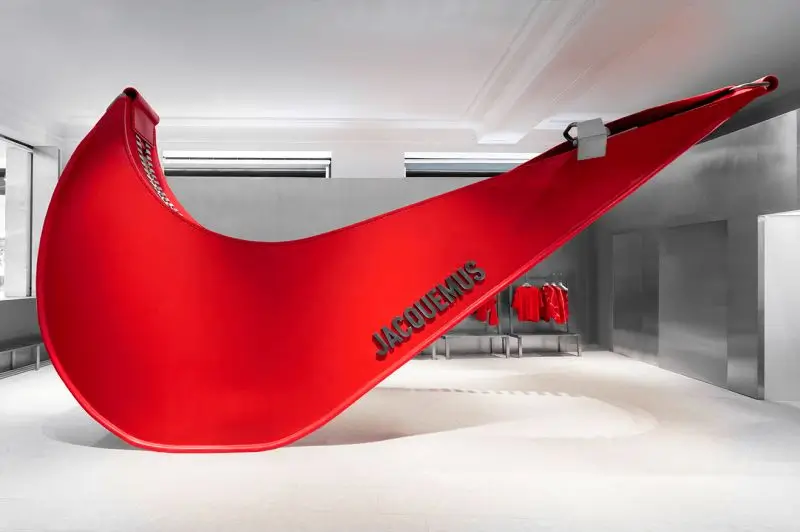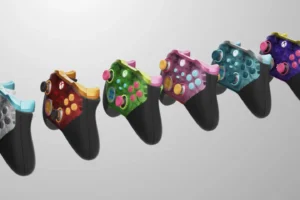In the dense, image-rich terrain of modern brand collaborations, few initiatives possess the joyful absurdity and strategic brilliance of Heinz Japan’s latest venture. Teaming up with Nintendo and HAL Laboratory’s saccharine hero Kirby, Heinz has dipped its iconic ketchup into the whimsical universe of Dream Land. The result? A limited-edition release that blends culinary nostalgia, interactive marketing, and the cultural currency of video games into a bottle of tomato ketchup that promises to be as collectible as it is edible.
What Heinz Japan and Kirby have co-created is more than a condiment. It is a cross-medium artifact — a condiment-as-campaign — that stretches the boundaries of what food branding can be in an age of hyper-memetic consumer culture. This isn’t simply ketchup dressed up with a cartoon character; it’s ketchup reimagined as a “Maxim Tomato,” a virtual health item from the Kirby game series, now made physical and shelf-ready.
From Dream Land to Dining Table
Kirby’s “Maxim Tomato” has been a staple of the franchise since its early days on the Game Boy. Within the platformer’s candy-colored chaos, it acts as a full-health item — a symbol of renewal and playful salvation. Translating this iconic in-game object into the real-world form of Heinz ketchup — a brand long associated with taste, nostalgia, and childhood mealtime joy — feels like an act of cultural alchemy.
Heinz’s upside-down 420ml ketchup bottle has become the stand-in for the Maxim Tomato, now printed with three distinct designs featuring Kirby in full cheer. Each variation is carefully curated: one depicts Kirby cheerfully hovering over a stylized tomato patch, another shows Waddle Dee preparing a burger, and a third cleverly integrates Kirby into Heinz’s Keystone logo — his rosy, rotund form replacing the tomato as a stand-in emblem for warmth, flavor, and familiarity.
But perhaps the most captivating element is the physicality of it all. Unlike digital crossover items or ephemeral social media announcements, this collaboration lives on shelves, in lunchboxes, and in homes. It invites tactile interaction. You squeeze it, see it every time you reach for fries, and possibly even preserve the bottle long after it’s emptied — a nostalgic token of when ketchup momentarily became pop-art.
The Rise of Collectible Cuisine
To understand the magnitude of this collaboration, one must consider the role of limited-edition consumer goods in 21st-century fandom culture. We live in a moment where scarcity generates desirability and collectibility confers value. Heinz Japan taps into that dynamic by producing only a finite number of bottles for this Kirby campaign and layering in an additional hook: 1,000 exclusive embroidered Kirby keychains, to be distributed only to select winners via a social media quiz campaign.
This adds a gamified element to the entire experience — fitting for a gaming IP like Kirby. Shoppers are no longer just consumers; they’re participants in an unfolding interactive event. The embroidered keychains, detailed with the Heinz logo and Kirby’s animated likeness, are reminiscent of limited-run game merch once only obtainable at conventions or through Japanese mail-in club premiums. These keychains blur the line between food promotion and fan memorabilia, signaling to diehard Nintendo collectors that this isn’t just ketchup — it’s canon.
Moreover, Japan’s love for high-quality, character-themed merchandising creates a fertile marketplace for such crossovers. From Pokémon curry pouches to Doraemon instant noodles, the cultural appetite for beloved characters adorning everyday goods is longstanding. But this collaboration with Heinz feels especially poignant, not only because of the Maxim Tomato synergy, but because it evokes childhood in both taste and character.
The Campaign Mechanics: Retail, Nostalgia, and the Algorithm
Heinz Japan has orchestrated a media rollout that smartly blends physical presence with digital engagement. The bottles are currently stocked across major supermarket chains and convenience stores throughout June 2025, retailing at ¥383 (about $2.65 USD) — a price point accessible enough to invite mass participation while still signaling novelty.
But the campaign’s true heartbeat lies in its social strategy. Heinz Japan’s official X account (formerly Twitter) is hosting a trivia and engagement quiz campaign through which fans can enter for a chance to win one of the 1,000 keychains. This mechanic transforms a passive purchase into an interactive, time-sensitive opportunity. The content strategy is cyclical: people post pictures of their ketchup bottles, tag Heinz and Nintendo, and engage with the quiz — all of which multiplies visibility while reinforcing Kirby’s positioning as a beloved gaming mascot.
It’s a loop of nostalgia and digital dopamine. For many fans, buying the ketchup becomes a point of participation in a larger cultural moment — akin to a seasonal event in a game, only this time you interact by going to the store, not logging in.
A Legacy of Whimsy: Kirby’s Commercial Charm
Kirby has always occupied a unique space within Nintendo’s constellation of mascots. Unlike Mario’s industrious plumber energy or Link’s heroic solemnity, Kirby embodies pure joy and transformation. He inhales obstacles and turns them into gifts, mimicking and mastering the world around him — traits that lend themselves perfectly to commercial collaboration.
He’s also visually simple, which is precisely what makes him so malleable and iconic. A pink circle with eyes and feet may seem basic, but that very minimalism allows for infinite stylizations without losing recognizability. Plaster him on a ketchup label, embroider him on a Heinz-branded charm, or drop him into a tomato field — he still reads instantly as Kirby.
What makes this collaboration particularly successful is how Heinz and Nintendo have resisted overcomplication. Rather than creating a bespoke Kirby sauce or deviating from the product’s familiar form, the ketchup is still the same Heinz recipe that Japanese households know and love. The difference is that it now carries new emotional weight — imbued with warmth, nostalgia, and playfulness.
Japan as Testing Ground, the World as Market?
While this partnership is currently exclusive to Japan, it raises a tantalizing question: could we one day see Kirby ketchup grace Western shelves?
Given the popularity of gaming-themed collaborations in the U.S. and Europe — from Xbox-themed Doritos to Pokémon Happy Meals — the appetite certainly exists. However, Japan offers a uniquely fertile ground for such crossovers due to its strong affinity for kawaii branding, character licensing, and the seamless integration of mascots into daily life. In Japan, a bottle of ketchup with a game character doesn’t feel like a gimmick; it feels like a seasonal treat.
Still, the momentum of viral fandom knows no borders. Western fans are already flooding social media with cries for international release. Import services and resale marketplaces are beginning to list the bottles and keychains at inflated prices. If nothing else, this cross-cultural buzz could convince Heinz Global to roll out a Kirby-themed campaign in additional regions — even if only as a limited drop.
Cross-Category Influence: Where Condiments Meet Culture
The success of the Kirby x Heinz Japan collaboration also illuminates a broader shift in how food brands interface with pop culture. Once seen as utilitarian grocery staples, condiments are now being recontextualized as brandable, Instagrammable assets. In an attention economy, even ketchup must work to maintain relevance — and what better way than to ride the pink gust of gaming nostalgia?
In many ways, this campaign echoes the ethos of luxury streetwear drops or sneaker culture. It’s about design, scarcity, narrative, and access. A Heinz ketchup bottle, redesigned to resonate with a gaming icon, suddenly becomes collectible — its value derived not from flavor alone, but from storytelling, memory, and play.
And that’s the final brilliance of the Maxim Tomato as metaphor. In Kirby’s world, the tomato is a restorative symbol — a floating fruit of invincibility and resilience. In ours, it has become a reminder that even the most ordinary objects can be recharged with wonder, when viewed through the right lens.
A Squeeze of Whimsy, A Spoonful of Strategy
At face value, the Kirby x Heinz Japan ketchup bottles are just a fun bit of fan service. But look closer, and they serve as a case study in modern branding, retail culture, and the emotional psychology of consumer goods. It’s a campaign steeped in cleverness — from the in-game reference to the social media rollout — and executed with restraint, joy, and a deep understanding of its audiences.
By fusing the culinary with the cartoonish, Heinz and Nintendo have achieved something greater than just another food promo. They’ve created an edible relic of 2025 — one that’s as squeezable as it is meaningful, as nostalgic as it is now. And somewhere, Kirby hovers contentedly, ketchup in hand, health restored.
No comments yet.

